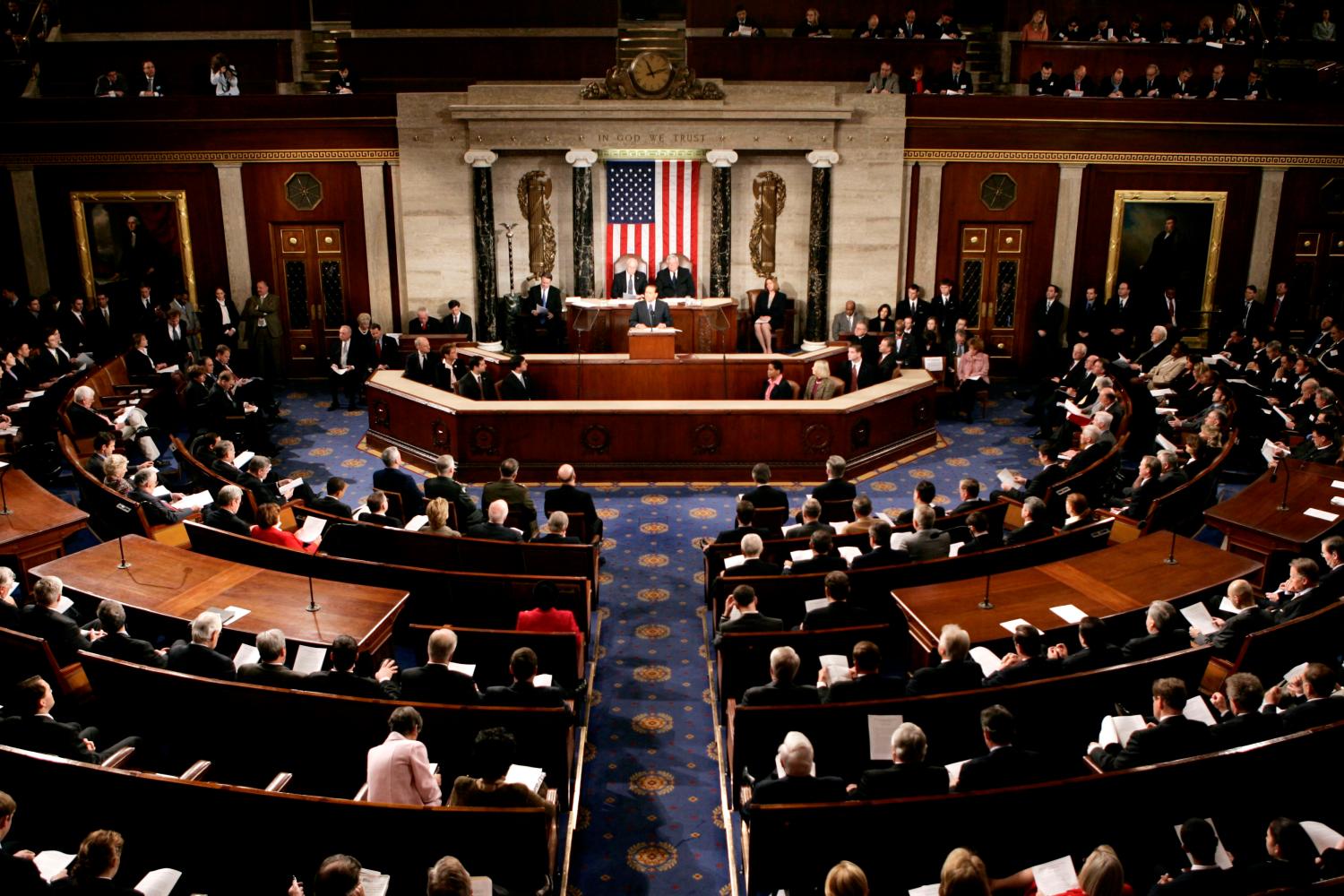Competitive Races: How Democrats and Republicans Fight for Control of the Senate and House

“Recent projections tilt in favor of Republicans taking the U.S. Senate.”
All eyes are on the White House battle, with Democrat Kamala Harris and Republican Donald Trump dominating the media.
But the presidential election isn’t the only one coming up in November. Americans will also vote in another important election to elect members of Congress (the House of Representatives and the Senate).
Republicans currently have a slim majority in the House, while Democrats have an even smaller majority in the Senate.
While control of the House is far from certain, Republicans are getting closer to taking the Senate in this year's election, thanks to a map that favors incumbent Republicans and puts Democrats on the defensive in several states.
Democrats in the Senate have crushed Republicans in fundraising, and have picked up enough seats to give themselves a good chance of changing the equation in the House. They have also been able to tout their achievements in other elections.
Important Election
Regardless of whether voters send Donald Trump or Kamala Harris to the White House, the party that wins majorities on both sides of Capitol Hill will have greater leverage to implement its own agenda.
Also on November 5, hundreds of congressional districts will determine whether the next president will have a unified government dedicated to implementing his agenda or whether his policies will run into bureaucratic dead ends.
The US Capitol is divided between the House of Representatives, where all 435 seats are up for grabs, and the 100-seat Senate, where 33 seats are up for grabs.
As of October 2024, 53 members of Congress—eight members of the Senate and 45 members of the House—announced they would not seek re-election in 2024.
The two chambers make laws and oversee the other branches of government, but they are also crucial to international affairs, setting defense budgets, regulating trade and tariffs, and allocating foreign aid.
The last time Republican nominee Donald Trump was in office, Congress blocked him from moving forward with cuts to the State Department and repeal of Obamacare.
The race for control of Congress is tight with two weeks to go before Election Day.
“Congressional elections are as important as the presidential race because Congress makes and passes laws that directly affect people’s lives,” said Corryn G. Freeman, Executive Director of the Future Coalition.
“The public should pay close attention because Congress sets the tone on key issues, such as health care, education, and climate policy, and it often has more direct influence than presidential decisions,” she added.
Freeman predicted that Republicans would win the Senate and that the battle for the House would be very close, but she noted that a Democratic trifecta of control of the entire Congress and the White House was still possible.

Big Advantage
In the Senate, Democrats currently hold a 51-49 majority, but they are defending about a third of the seats up for grabs.
The race is centered around 33 seats, including 10 Republicans, 20 Democrats, and three independents (who typically vote with Democrats).
Some of those seats are in states that Trump has carried twice, and five are in swing states, where voters tend to switch sides when elections come, giving Republicans a big advantage, as they need just two seats to win a majority.
The party that controls the Senate will have control over the next president’s legislative agenda, cabinet appointments, judicial nominations and more.
One of those Senate seats may already be locked in a Republican hand.
In West Virginia, moderate Democratic Sen. Joe Manchin, who has become an independent, is not running for reelection.
Republican Jim Justice is the front-runner to win the Senate seat in one of Trump’s most pro-Trump states, with a 34-point lead in the polls.
If Harris wins the presidency, Democrats will be able to keep their Senate majority unless they lose another seat.
But they seem more likely to lose the Montana Senate seat held by three-term Senate incumbent Jon Tester, who is now trailing Republican candidate Tim Sheehy by about four points in the polls.
All eyes are also on swing state Michigan, where the race to replace retiring Democratic Sen. Debbie Stabenow is shaping up to be one of the most competitive in the country.
A New York Times/Siena College poll conducted in September showed Democrat Rep. Elissa Slotkin currently holding a narrow five-point lead over former Republican Rep. Mike Rogers.
Since neither candidate is well known, their success depends largely on how Harris and Trump perform in a blue-wall state that Trump won in 2016, but Biden won in 2020.
Democrats hope to offset any losses by unseating Republican Sen. Rick Scott of Florida, a former two-term governor and staunch Trump ally, or Republican Sen. Ted Cruz, who is in danger of reversing his party’s nearly three-decade grip on Texas.
Democrats are betting that an abortion referendum will galvanize support in Florida, though anger over Republican-led restrictions on reproductive health care has not dented the party’s support in the state in the 2022 midterm elections.
In Texas, Democrats have been increasingly vocal about abortion rights and border security in recent months, hoping to attract independent and moderate voters in the state.
Kamala Harris has recently funneled $10 million from her campaign to the Democratic Senatorial Campaign Committee, which is focused on keeping the Senate.

Historical Equation
House elections are a more reliable reflection of the political mood in the U.S. than Senate elections, as representatives change hands every two years while Senate seats are up for election only every six years.
Republicans hold a majority in the 435-seat House, with 220 seats, compared to 212 for Democrats, with three vacancies.
Republicans have managed to hold up the legislature with their narrow majority, but they have also suffered from internal divisions, with a small number of far-right representatives trying to impose their agenda on House Speaker Mike Johnson.
These disputes between Republicans culminated in the threat to impeach Johnson, despite Trump's support for him.
This year, 24 Democratic representatives are not running for reelection, compared to 21 Republicans.
As Republicans seek to maintain and strengthen their majority, Hal Lambert, a Republican strategist, points to the historical formula that usually shows whichever party wins the presidency is the party that takes the House majority.
“In the House, it’s down to who wins the presidential election,” he says. “I think if Trump wins, Republicans will win the House and consolidate their majority. If Harris wins, Republicans will probably lose the House.”
“The House is highly close and competitive, and really could go either way. And I say the same thing about the presidential race,” said Kyle Kondik, managing editor of Sabato’s Crystal Ball at the University of Virginia Center for Politics.

“Control of the House remains undecided, with competitive races in each of the seven swing states and in states that have no bearing on who wins at the top of the ticket,” Washington-based activist Omar Taha told Al-Estiklal.
“Nine of the roughly 30 Republican races are close to the party line, meaning Republican incumbents are locked into competitive races,” he expects.
Mr. Taha concluded that “the Republicans have held a slim majority this Congress, and Democrats only need to net four seats to gain control.”
Sources
- The 9 races and 3 long shots that could determine Senate control
- Tracking the House’s Most Competitive Races
- Racing toward Election Day, control of U.S. Senate and House up for grabs
- Kamala Harris' $25 million down-ballot pledge should make the GOP very nervous
- List of U.S. Congress incumbents who are not running for re-election in 2024











